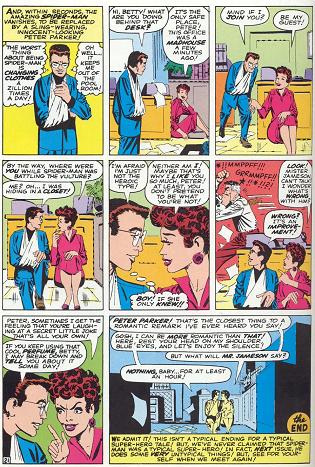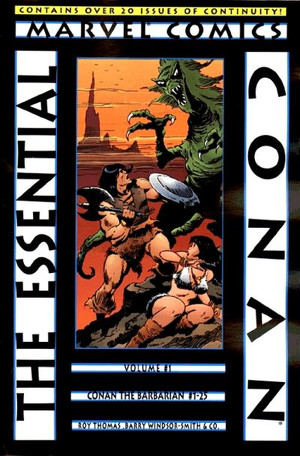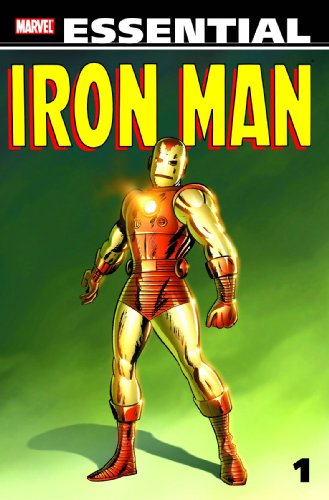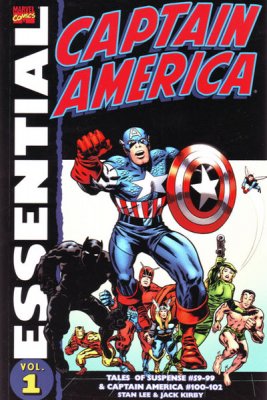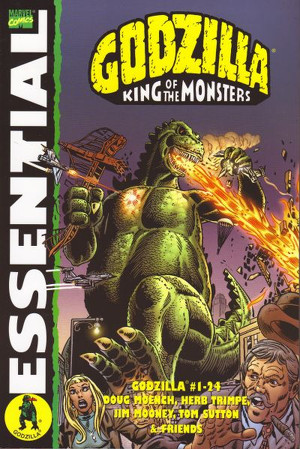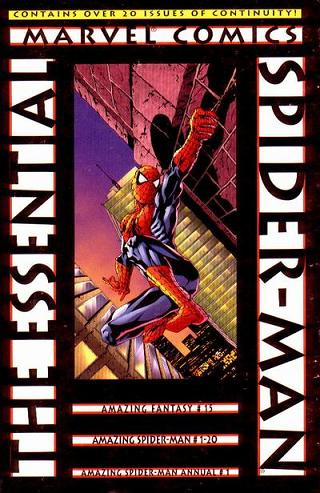
Essential Spider-Man Vol. 1
Stan Lee, Steve Ditko and friends
Reprints: Amazing Fantasy #15, Amazing Spider-Man #1-20, Annual 1 (August 1962 – january 1965)
Get this for: Duh Lee & Ditko on Spider-Man– five stars
The problem with talking about the stories in Essential Spider-Man Vol. 1 is the same as with talking about the first Fantastic Four volume. Many of the stories have been reprinted, recapped, retold so often that you think you know them, until you read them all cover to cover in one sitting again and discover that actually, Lee and Ditko were actually quite funny.
Not to take away from the superheroics of course, as so many classic Spidey villains are introduced here — The Vulture, Chameleon, Doctor Octopus, Electro, Mysterio, Sandman, The Lizard, Scorpion and of course Green Goblin — but the best thing in these stories is the soap opera that takes place around it. It’s all much, much less serious than it would be later on. Lee and Ditko delight in making Peter Parker suffer for being Spider-Man; if it isn’t his aunt May’s health and money problems it’s the kids at school thinking him a coward or Jolly Jonah Jameson’s latest editorial turnign the city against him again. But they don’t pile on the problems like later writers would do and always balance it with a sense of humour. Peter is still able to laugh at himself and his troubles. Some of the scrapes Spidey finds himself in are clearly played for laughs too, as with his teamups/ongoing rivalry with the Human Torch.
Ditko’s art is a great help with this: fluid and expressive, especially with faces. It’s his composition and exegerrated, elongated figures that tend to get the attention, but the way Ditko can show subtle emotions in his faces here is just as impressive. This is something that’s sadly been lost with Ditko over the years as he’s withdrawn in his Randroid fantasies and his art became somewhat of a parody of himself. But here it’s alive and well and never as developed elsewhere. Compare e.g. with the Dr Strange stories Ditko worked on at the same time, where soap opera and characterisation where much less important. The page on the right is the last page of Amazing Spider-Man #7, a nice example of how Ditko can portray both subtle and broad emotion on the same page naturally. It reads even better in black and white, where you’re not distracted by the colours.
On the whole I’ve found that Ditko is an artist whose work, even though meant for colour publication, benefits a lot from black and white representation, much more so than some artists (as do Gil Kane and Jack Kirby). Some artists depend on colour, work with it to give coherence to their drawings, while with Ditko his style is much more clear if left uncoloured.
I should not forget Ditko’s feel for action either. His fight scenes are great, with constant movement, figures jumping around, goons flying everywhere, punches thrown, Spidey ducking and weaving through four, five villains, caught mid-way through a jump, with the action always towards the reader. He creates a feeling of energy and movement few other artists can match while never using layout trickery or even much sound effects (something rare in Silver Age Marvel anyway). Lee meanwhile, of course plasters his dialogue all over this action, but does so without obscuring it or stating the obvious. It’s completely unnatural, but the way Lee brings it, it feels like the most normal thing in the world to comment out loud in the middle of a fight on what you’re trying to do and what your opponent is doing. If you want one example, go find Spider-Man #19 and Spidey’s and the Torch’s fight with Sandman and the Enforcers.
It is all great, great stuff and anybody should take the time to at least read through these — and the eighteen more Lee and Ditko would do together.
